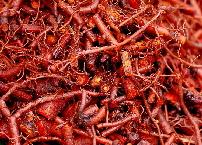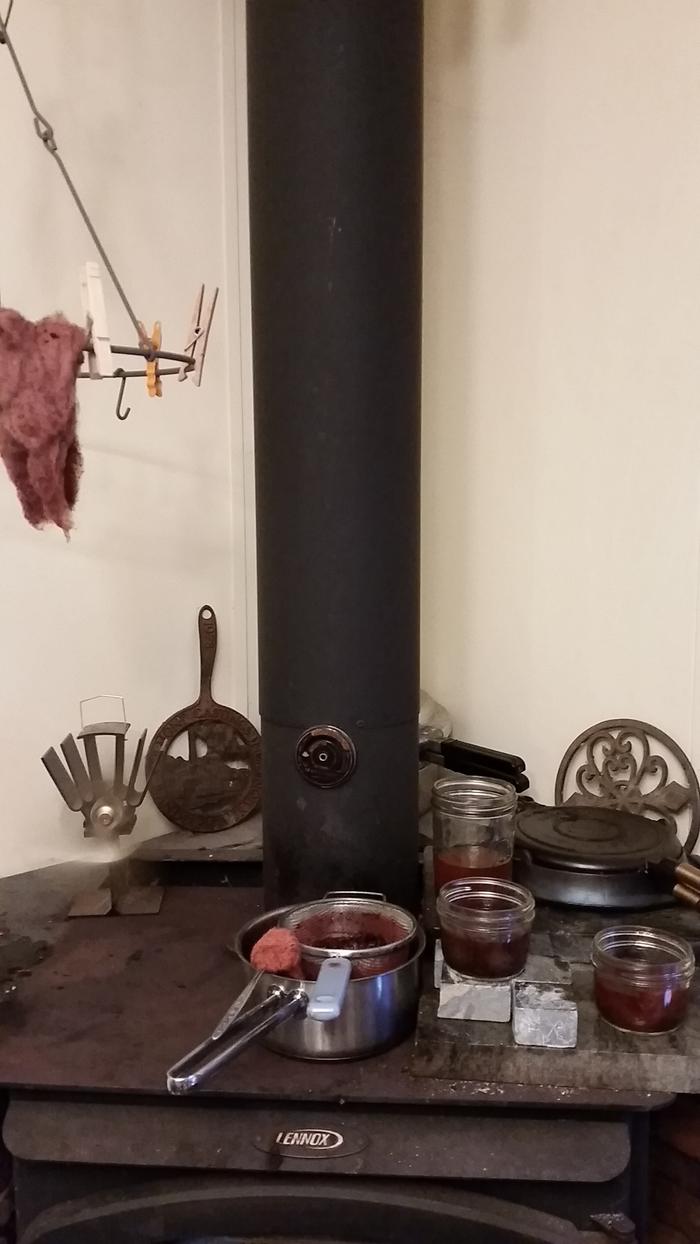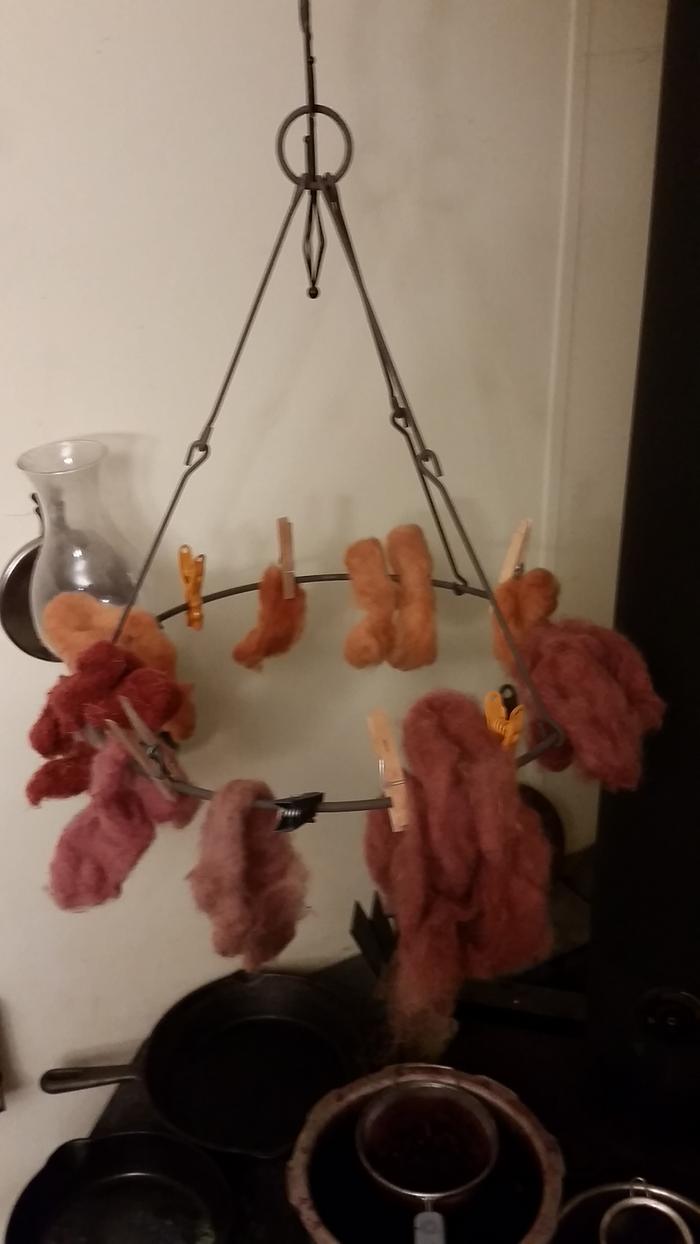
 5
5








"We're all just walking each other home." -Ram Dass
"Be a lamp, or a lifeboat, or a ladder."-Rumi
"It's all one song!" -Neil Young
 3
3




Madder is hardy for outdoor growing in USDA zones 4 to 10 (our catalogue says zones 5-10, but this is a bit out-dated)which means that it can take average annual minimum winter temperatures of minus 20 to minus 10 degrees Fahrenheit or minus 29 to minus 23 degrees Celsius. It should be able to tolerate summer heat up to zone 10. I presume your home does not get much, if any frost in winter, but probably gets lots of summer heat. Plant the madder in a shady spot, mulch well and keep moist to keep down the root zone temperature.
Plant prefers very fast draining soil and full sun. It is very drought tolerant and will thrive for weeks in a sunny, well-drained bed without any water at all. Sow seed in fall or spring. Sow 1/2 inch deep and tamp securely, then keep evenly moist and in the sun until germination, which may take up to 3 weeks. The seeds may be sown in pots (3 per pot, thin to the best seedling) or direct seeded at 3 inches apart, then transplant or thin to 1 foot apart. The plant will appreciate a trellis, mainly because this will give you, the gardener, space to cultivate around the plants, which stimulates them.
"We're all just walking each other home." -Ram Dass
"Be a lamp, or a lifeboat, or a ladder."-Rumi
"It's all one song!" -Neil Young
 3
3





Madder dye plants make one of the most light-fast of natural dyes that has been in use for thousands of years.
The fleshy swollen madder roots produce madder red dye which is sensitive to temperature and to the mineral content of the water. Alizarin is the main chemical compound in this important natural dye and produces the red colour.
"We're all just walking each other home." -Ram Dass
"Be a lamp, or a lifeboat, or a ladder."-Rumi
"It's all one song!" -Neil Young
 4
4




 3
3




Dinie Johnson wrote:you say that you have clay/loam soil. Madder really likes sandy/sandy loam soil. It's a Mediterranean plant. It needs lots of sun too. So, I would suggest that you look at where you planted it. Maybe add some sand to the soil or try to grow it in a pot. I think it would be fine in zone 7 through the winter. I would think that what's happening is that it's getting too wet.
Good luck!

"We're all just walking each other home." -Ram Dass
"Be a lamp, or a lifeboat, or a ladder."-Rumi
"It's all one song!" -Neil Young
 3
3











 6
6











 5
5











 2
2




"The only thing...more expensive than education is ignorance."~Ben Franklin. "We can easily forgive a child who is afraid of the dark; the real tragedy of life is when men are afraid of the light." ~ Plato
 3
3











 1
1




"The only thing...more expensive than education is ignorance."~Ben Franklin. "We can easily forgive a child who is afraid of the dark; the real tragedy of life is when men are afraid of the light." ~ Plato
 3
3











 3
3











 1
1




"The only thing...more expensive than education is ignorance."~Ben Franklin. "We can easily forgive a child who is afraid of the dark; the real tragedy of life is when men are afraid of the light." ~ Plato
 3
3




"We're all just walking each other home." -Ram Dass
"Be a lamp, or a lifeboat, or a ladder."-Rumi
"It's all one song!" -Neil Young
 6
6











 8
8




r ranson wrote:I dyed some yarn with madder



|
Oh sure, it's a tiny ad, but under the right circumstances, it gets bigger.
Homestead Pigs Course
https://permies.com/wiki/365748/Homestead-Pigs
|







